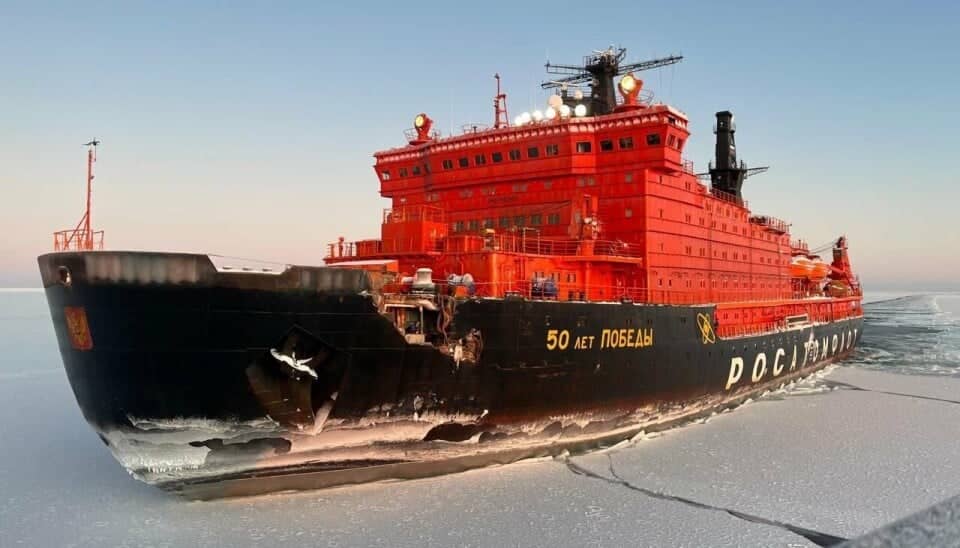The collision of the Russian nuclear-powered icebreaker, 50 Let Pobedy, with a cargo vessel in the Kara Sea on January 26, 2025, has raised concerns about safety and navigation in the Arctic region. The impact caused damage to the icebreaker but did not compromise its seaworthiness or safety systems. This incident puts stress on the strategic importance of the Northern Sea Route (NSR) for Russia amid rising global temperatures and increasing shipping activity.
Northern Sea Route Significance
Climate Change and Accessibility
Russia’s Icebreaker Fleet
Russia operates a substantial fleet of icebreakers, including nuclear-powered vessels, positioning itself as a leader in Arctic navigation. The country has seven operational nuclear icebreakers and plans to expand its fleet further. The upcoming Rossiya, expected to be the most powerful icebreaker globally, will enhance Russia’s capabilities in the Arctic.
Strategic Implications
The presence of a robust icebreaker fleet allows Russia to assert its dominance in the Arctic. This has raised concerns among other Arctic nations, particularly the United States, which faces a shortage of operational icebreakers. The development of military infrastructure and capabilities in the Arctic further puts stress on the geopolitical stakes involved.
Future Developments
Russia aims to boost its Arctic presence by constructing new icebreakers and enhancing its shipping infrastructure. Plans include building additional nuclear and non-nuclear icebreakers and developing military assets for regional operations. These initiatives reflect Russia’s commitment to exploiting Arctic resources and securing shipping routes.

Leave a Reply